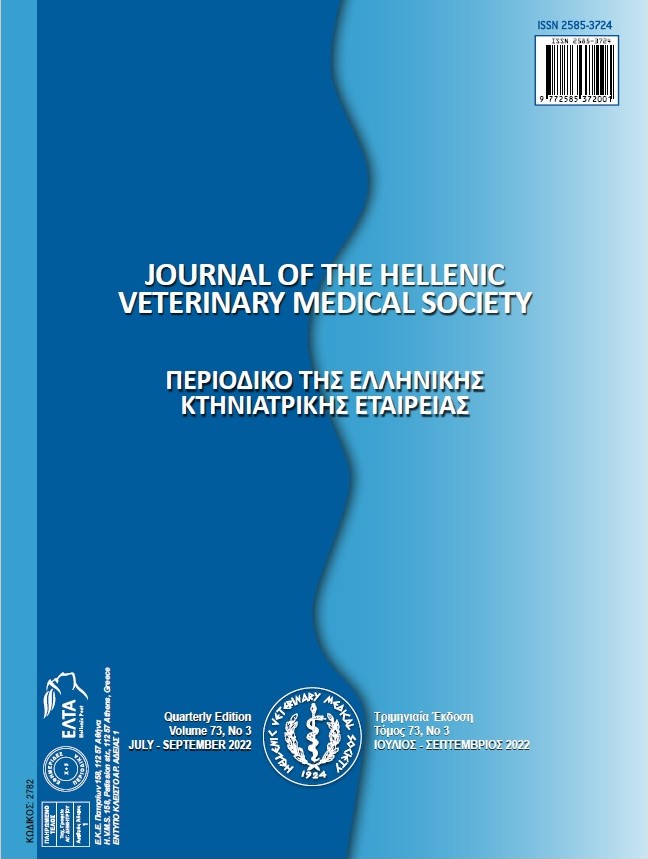The effect of different housing systems on the welfare and the parasitological conditions of laying hens

Аннотация
In Serbia, by 2020, conventional cages will no longer be permitted and hens will be housed in furnished cages. The study was conducted during the winter season on four rearing systems of Lohman Brown hens. For welfare assessment were used indicators from the Welfare quality assessment protocol for poultry. All fecal samples for parasites were qualitatively and quantitatively examined. The results showed that each housing system had positive and negative aspects but overall, hens in cage systems had the highest prevalence of poor plumage condition (47 % and 39%). Hens in conventional cages had more skin lesions (27%) than birds in other systems. Keel bone deformation was the most present in the aviary system (56%) while comb pecking wound in a conventional cage (33%) and free-range system (50%). Hens in the non cage had the highest prevalence of foot pad disorders (32% and 40%). In furnished cages, problems occurred in hens are the lowest. Parasitological examination diagnosed four groups of endoparasites: Coccidia, Trichostrongylidae and Heterakis spp, and Capillaria spp, with a total prevalence of 64% (64/100) only in free-range system. Laying hens in cage systems have a higher expression of negative emotions in relation to the aviary and free-range system. Evidence of negative hens’ emotional condition in cage systems and negative physical condition across all housing systems, suggests that the welfare of modern hens in Serbia is impaired.
Article Details
- Как цитировать
-
Nenadović, K., Vučinić, M., Turubatović, R., Beckei, Z., Gerić, T., & Ilić, T. (2022). The effect of different housing systems on the welfare and the parasitological conditions of laying hens. Journal of the Hellenic Veterinary Medical Society, 73(3), 4493–4504. https://doi.org/10.12681/jhvms.27585
- Выпуск
- Том 73 № 3 (2022)
- Раздел
- Research Articles

Это произведение доступно по лицензии Creative Commons «Attribution-NonCommercial» («Атрибуция — Некоммерческое использование») 4.0 Всемирная.
Authors who publish with this journal agree to the following terms:
· Authors retain copyright and grant the journal right of first publication with the work simultaneously licensed under a Creative Commons Attribution Non-Commercial License that allows others to share the work with an acknowledgement of the work's authorship and initial publication in this journal.
· Authors are able to enter into separate, additional contractual arrangements for the non-exclusive distribution of the journal's published version of the work (e.g. post it to an institutional repository or publish it in a book), with an acknowledgement of its initial publication in this journal.
· Authors are permitted and encouraged to post their work online (preferably in institutional repositories or on their website) prior to and during the submission process, as it can lead to productive exchanges, as well as earlier and greater citation of published work.


